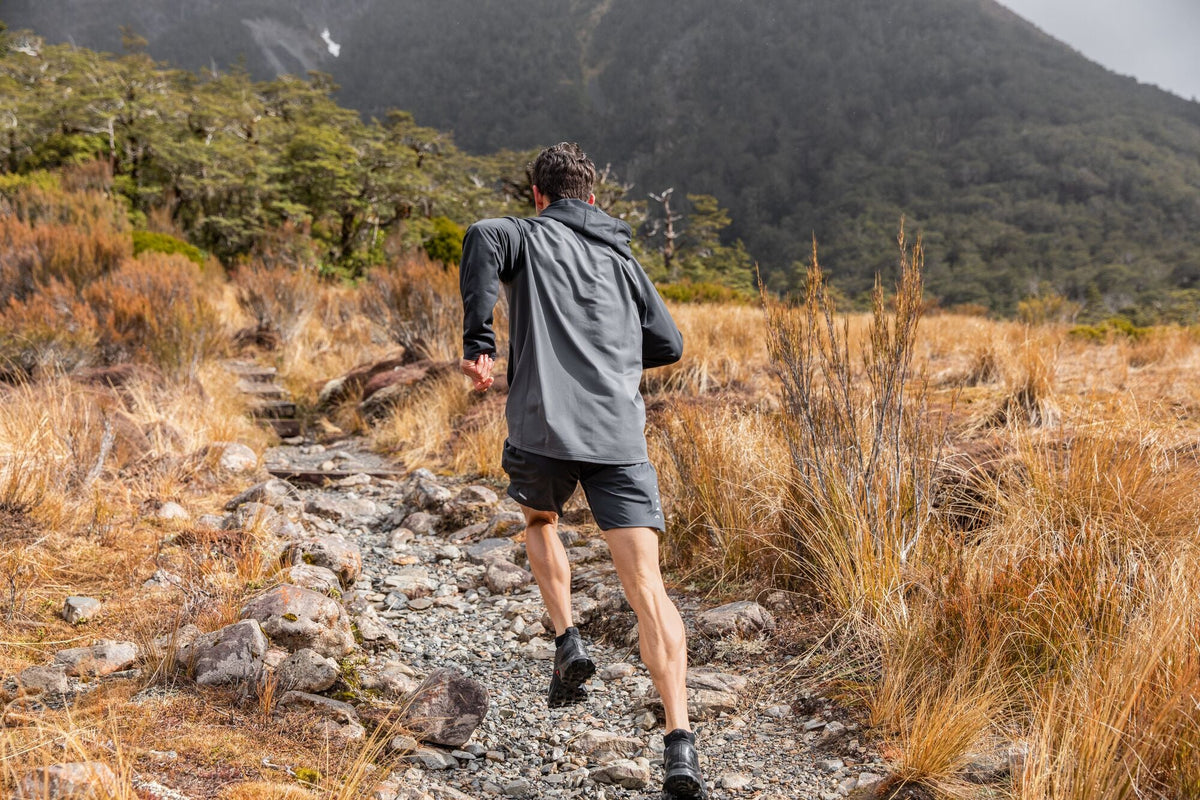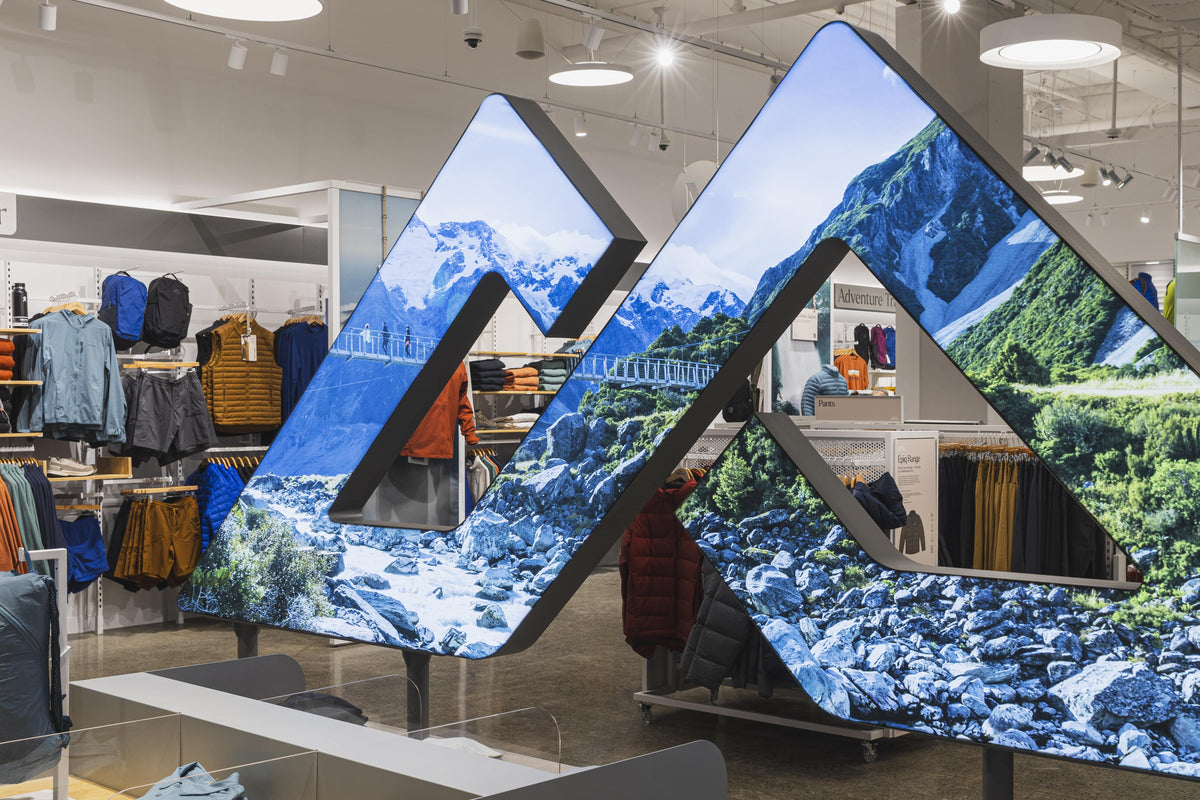How to choose the ideal trail running shoes

When you’re looking at a trail shoe, think about two main things: trail type and trail distance.
TRAIL TYPE
The type of trail you normally run will shape:
- The kind of sole you need for grip
- What protection you may want to consider.
- Whether your shoe drains water well or is waterproof.
Muddy conditions: if you run somewhere where it’s often muddy, you’ll want a longer spike-style sole.
Dry, rocky riverbeds and flowing river crossings: If you’re running on wet rocks and roots, look for a sole with a bit more contact area to give you better grip on the slippery surfaces. If you’re running on wet, smooth rocks, consider a sole with sticky rubber to help you cling to them. You’ll gain more speed and confidence.
Wet conditions: If you’re planning on running in snow or very damp environments, a pair of waterproof runners will help keep your feet dry. But if you’re likely to be crossing rivers or streams where water will get inside your shoe, it’s better to have footwear that drains well. This is a better result than ending up with ‘foot soup’ inside your waterproof shoe — a precursor to blisters.
Dirt trails: Look for trail running shoes that have strong support, good cushioning and are breathable. You want to avoid friction from sweating when running in hot conditions.
If you want to simplify things, break it down to the two main types of trails:
Soft trails: A longer, more aggressive spike-style sole will serve you well on soft forest trails, steep climbs or descents, sand, gravel, mud and grass. This kind of sole will dig in and give you good traction. Wide spacing between the knobs (lugs) will allow mud and other debris to clear quickly. On harder, rockier terrain, these aggressive soles can become quite slippery because they have very little contact with the surface and can’t dig into the ground.
Hard trails: Go for a sole with more surface area to contact the ground. You can still run in a shoe with semi-aggressive knobs, but they’ll often have wider, flatter contact points. There can also be a secondary pattern at the point of contact — helping you pick up small ridges and features on the surface to gain extra grip. However, expect this type of sole pattern to clog up easier with mud, and lose traction on loose descents.
TRAIL DISTANCE
There are two parts to this – based on performance and comfort.
Short distances: If you’re looking at shorter distances, you’ll be running faster — so the weight of your shoes will become more of a factor in your performance. You also won't need as much cushioning as a long-distance shoe, since you won't be using them for hours at a time.
Long distances: If you generally run longer distances, you’ll need to reduce fatigue and maintain comfort to have a greater effect on your performance. Flexible shoes are also a great tool to strengthen your weak points.
OTHER THINGS TO CONSIDER
Protection: Look for the amount of protection your shoe gives you underfoot and around the sides. Generally the rougher the trail, the more protection you’ll want — to avoid bashing up your feet. But you may need less stack height (the thickness under your foot) to help lower the chances of rolling your ankles. This all depends on the individual and the run at hand.
Cushioning: As a basic rule of thumb, if you’re running longer distances or you’re a heavier runner look at more cushioning. If you’re a lighter runner or you’re aiming for more speed, you won’t need as much cushioning.
Fit: Try a range of shoes and chose a pair based on personal feel and professional advice. Consider the built-in structure or support in the shoe, how wide or narrow it is, and the arch height.
Ultimately, think about the type of running you’re aiming for. You can expect that over time your footwear requirements will change.
PRODUCTS: B0382/,B0518/,B0393/,PRODUCTS: B0519/,B0394/,B0517/,











